Not all individuals enroll in the public programs and claim the assistance for which they’re eligible. Why? Do families not know programs exist or not know they’re eligible? Is it too time-consuming or complicated to enroll or stay enrolled? Or perhaps receiving this type of assistance is too stigmatized? Does the importance of these explanations vary by program and across different communities? And what can policymakers do to promote take-up of these critical programs?
These questions have been the focus of multiple research projects pursued by Matt Unrath, a fourth-year PhD candidate in public policy. As a Research Fellow at the California Policy Lab (CPL), Unrath has had the opportunity to study these questions and experimentally test possible solutions at a large scale. Through CPL’s partnership with the California Department for Social Services and the Franchise Tax Board, he and his colleagues spent years building an administrative dataset linking state welfare enrollment records to state-level tax records. This dataset has proved a critical tool, allowing CPL researchers to examine participation in California’s means-tested welfare programs and eligibility like never before.
For example, Unrath and his coauthors ran a number of randomized controlled trials to test the impact of providing information about the federal and state Earned Income Tax Credit (EITC) on take-up of the program among eligible Californians. The team sent this information via hundreds of thousands of letters and text messages to eligible households to see what kind of information and what type of nudge would cause people to file their taxes and claim the benefit. Using matching tax records data, the researchers were able to determine whether or not the people who received information were more likely to claim the EITC.
The result? “None of our interventions worked,” Matt said. “We can rule out that we nudged anyone to file by just providing them this information.” These findings indicate that there is a limit to nudge-style outreach programs and what just providing more information can accomplish in this context. Additionally, Matt and his coauthors conclude that information is not the barrier to increased take-up in this instance. “If we really want to increase take-up of programs that are delivered through the tax system, we should think about how to make tax filing a lot easier,” Unrath concludes.
His team is now working to measure take-up of the state-level EITC supplement in California. “We really don’t know how many people claim the California EITC supplement because all of our measures of take-up are done nationally,” Matt explains. By aligning Supplemental Nutritional Assistance Program (SNAP), or food stamps, household data and tax data in California, “Could we create a model for states across the country to use their state administrative data to identify these likely eligible people and measure take-up of their own state-level EITC programs?”
In forthcoming work, Unrath also examines the effect of administrative burdens on enrollment in CalFresh, the SNAP program in California. Using fifteen years of administrative data for the country’s largest SNAP program, he documents a significant drop off in enrollment every six months, when participants are required to recertify their income eligibility in order to maintain benefits. Linking CalFresh data to state earnings records, he finds that, “The great majority of people appear to be income-eligible even when they exit the program.”
These projects point to the role that administrative procedures play in affecting program participation. Unrath points out that these processes are an inevitable feature of our choice to means-test safety net programs; the government needs to identify who is eligible, and that will impose some costs on applicants and enrollees. Some economists have posited that making these processes even more burdensome might discourage those on the margin of eligibility from enrolling, enabling more assistance to be targeted to individuals and families that are the least well-off. But do administrative burdens actually operate in this way?
“People are aware that making processes harder deters participation, but what we don’t know as well empirically is who these processes are more likely to deter from participating. The concern is that we are not doing the right thing, and we are actually deterring folks who are more disadvantaged,” Unrath explains.
Contrary to theory, “You can imagine an alternative framework in which these burdens deter the folks who are the most disadvantaged, who face the most burdens in their daily lives, and who are least able to handle all the paperwork they need to file in order to apply for and stay enrolled in a program,” he adds. The database that CPL have constructed should enable Unrath and his colleagues to evaluate whether these administrative processes have this effect..
Unrath’s research is highly relevant for policymakers, many of whom are very concerned about incomplete take-up of the EITC in their states. In the short term, he points out, “The pandemic shines a spotlight on how to think about the administrative process of getting payments to people quickly and efficiently.” Longer-term, he adds, “There’s a lot of momentum in California to try to begin to use the matched dataset programmatically on an ongoing basis,” following CPL’s novel efforts in this area.

